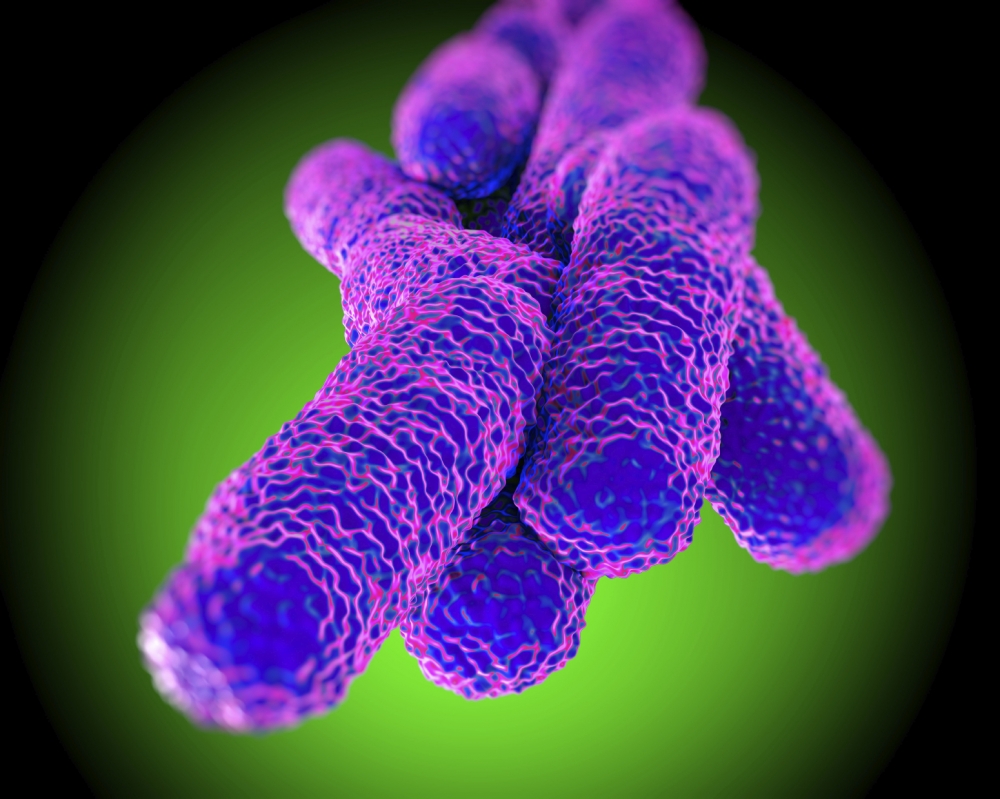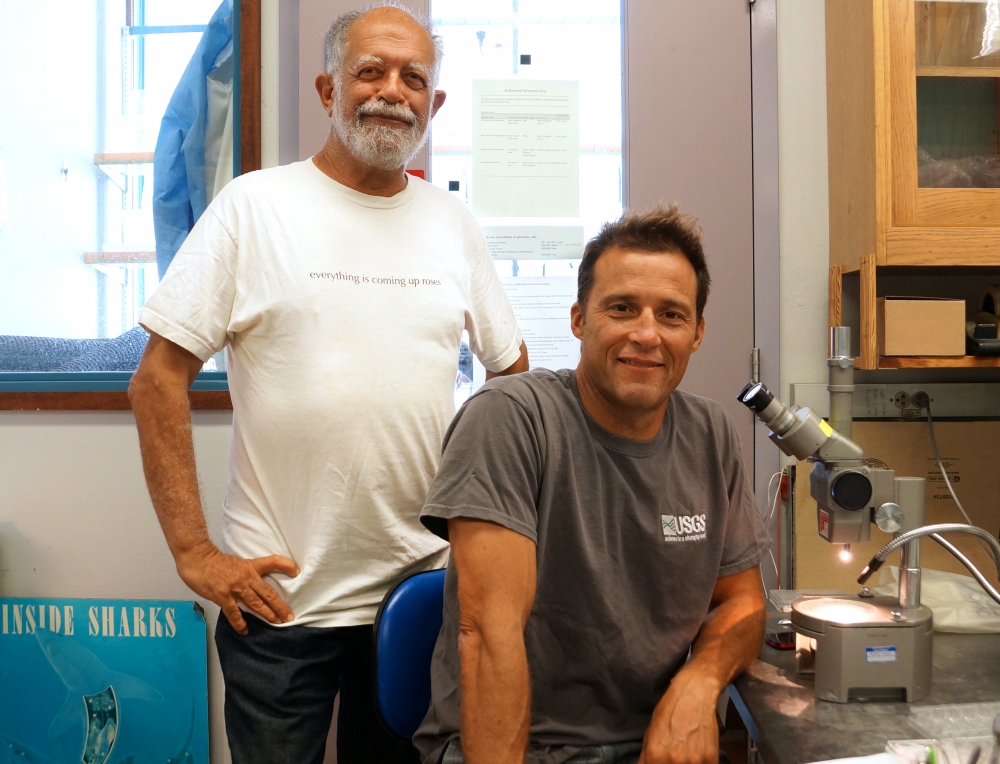
Diseases of Another Kind

The drought that has the entire country in its grip is affecting more than the color of people’s lawns. It may also be responsible for the proliferation of a heat-loving amoeba commonly found in warm freshwater bodies, such as lakes, rivers and hot springs, which the drought has made warmer than usual this year.
A 9-year-old Kansas girl recently died of an infection caused by this parasite after swimming in several area lakes. The amoeba enters the body through the nose of an individual and travels to the brain. Nose plugs can lower the odds of this rare but fatal pathogen entering the body.
The amoeba, Naegleria fowleri, is classified as a sapronosis, an infectious disease caused by pathogenic microorganisms that inhabit aquatic ecosystems and/or soil rather than a living host. Scientists at UC Santa Barbara studying infectious disease transmission published their findings in the latest issue of the journal Trends in Parasitology.
“Sapronoses do not follow the rules of infectious diseases that are transmitted from host to host,” said lead author Armand Kuris, a professor in the Department of Ecology, Evolution and Marine Biology (EEMB). “They are categorically distinct from the way we think infectious diseases should operate. The paper tries to bring this group of diseases into sharp focus and get people to think more clearly about them.”
A well-known example of a sapronosis is Legionnaires’ disease, caused by the bacteria Legionella pneumophila, which can be transmitted by aerosolized water and/or contaminated soil. The bacteria can even live in windshield-wiper fluid. Legionnaires’ disease acquired its name in July 1976, when an outbreak of pneumonia occurred among people attending an American Legion convention at the Bellevue-Stratford Hotel in Philadelphia. Of the 182 reported cases, mostly men, 29 died.
A major group of emerging diseases, sapronotic pathogens can exist independently in an environmental reservoir like the cooling tower of the Philadelphia hotel’s air conditioning system. Some, like the cholera protozoa, rely on mosquitoes to find disease hosts for them. Zoonoses, by contrast, require a human host.
According to Kuris, diseases borne by a vector — a person, animal or microorganism that carries and transmits an infectious pathogen into another living organism — are more or less virulent depending on how efficiently they are transmitted. As a result, virulence evolves to a level where it is balanced with transmission in order to maximize the spread of the virus. However, Kuris noted that there is no virulence trade-off for sapronotic disease agents. Transmission of a sapronosis pathogen is able to persist regardless of any changes in host abundance or transmission rates.
To quantify the differences between sapronoses and conventional infectious diseases, the researchers developed a mathematical model using population growth rates. Of the 150 randomly selected human pathogens examined in this research, one-third turned out to be sapronotic — specifically 28.6 percent of the bacteria, 96.8 percent of the fungi and 12.5 percent of the protozoa.
“The fact that almost all of the fungi we looked at are sapronotic is a noteworthy generalization,” Kuris said.
“You can’t model a sapronosis like valley fever with classic models for infectious diseases,” said co-author Kevin Lafferty, adjunct faculty in EEMB and a marine ecologist with the Western Ecological Research Center of the U.S. Geological Survey. “To combat sapronoses, we need new theories and approaches. Our paper is a start in that direction.”



